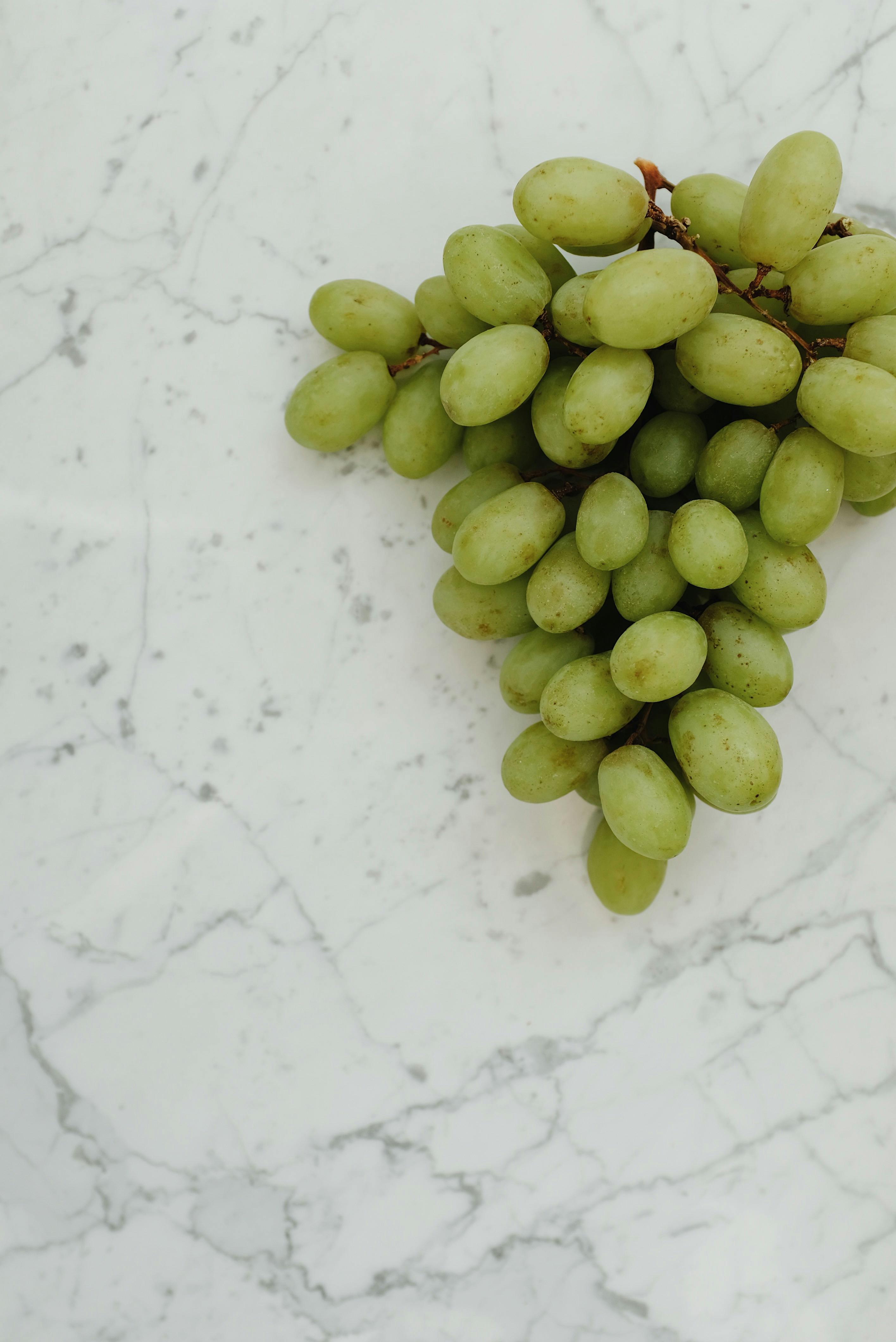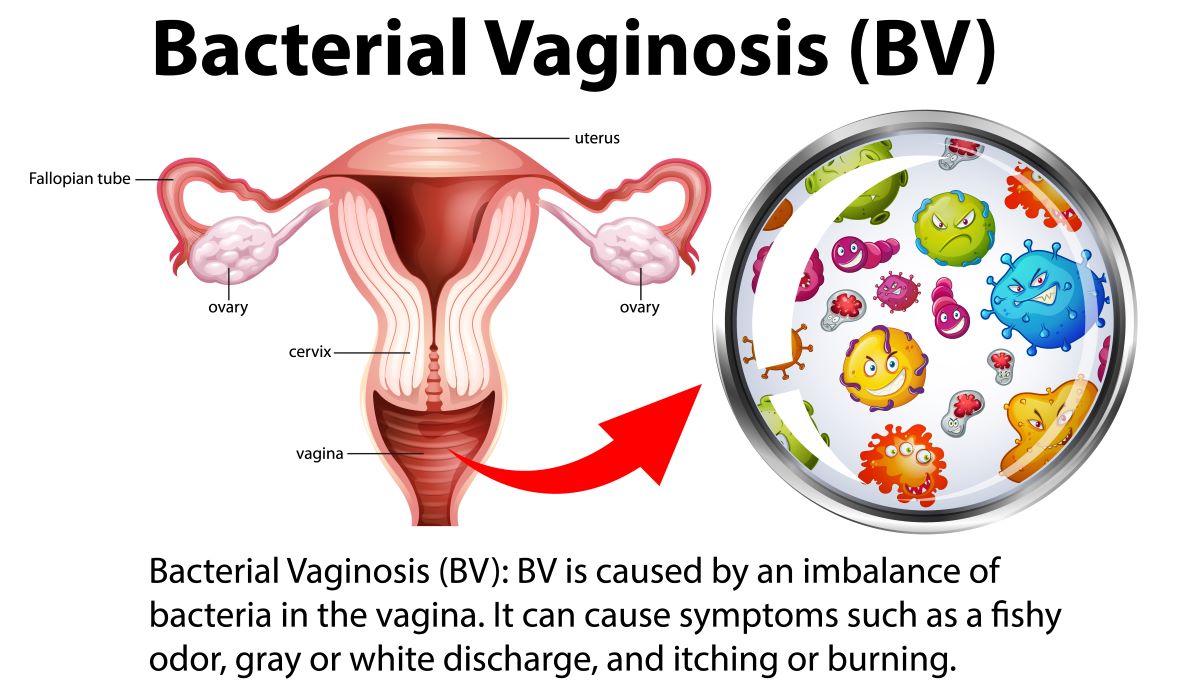Effective Ways to Optimize Your Sumo Wrestler Diet in 2025
As we look forward into 2025, optimizing the sumo wrestler diet continues to gain importance, not just for performance enhancement but also for maintaining overall health. Sumo wrestling is not just about strength; it is a meticulous blend of nutrition, traditional practices, and modern adaptations that support the physical demands of this ancient sport. Understanding the nutritional needs of sumo wrestlers is essential for anyone looking to excel in this arena.
The sumo diet plan traditionally incorporates a significant caloric intake that includes a variety of macronutrients tailored to support energy requirements and weight management. It is crucial for wrestlers to balance their meals effectively in order to sustain the high levels of energy they need during rigorous training sessions.
This article will uncover effective strategies to optimize your diet as a sumo wrestler. We’ll delve into traditional and contemporary dietary components, including the role of rice, meal frequency, hydration practices, and common foods that contribute to a successful sumo wrestling nutrition regimen.
By the end of this guide, you will gain insights into crafting balanced meals, maintaining healthy eating habits for sumo wrestlers, and debunking common myths surrounding the sumo diet. Let's embark on this nutritional journey into the world of sumo wrestling!
Understanding Nutritional Needs of Sumo Wrestlers
To appreciate fully the intricacies of the calories in sumo diet, it’s essential to start with an understanding of the wrestler's nutritional requirements. Sumo wrestlers often have a unique energy intake to support their training and performance, which can vary significantly based on weight categories and individual metabolism.
Calories: The Foundation of the Sumo Diet
The caloric needs of sumo wrestlers can range from 4,000 to 8,000 calories daily, depending on their training intensity and weight goals. This energy intake primarily comes from carbohydrates, proteins, and fats that facilitate muscle gain and recovery.
Carbohydrates: Fuel for Intense Training
Carbohydrates play a pivotal role in a sumo wrestler’s diet, providing the energy necessary for extensive training sessions. Rice, in particular, is a staple carbohydrate source, providing energy for workouts while being easily digestible. Understanding the balance between carbohydrates and protein is crucial, especially for wrestlers looking to enhance their performance.
Protein Sources for Sumo Wrestlers
When it comes to protein sources for sumo wrestlers, fish, chicken, and plant-based proteins like soy are prominent in traditional meals. High-quality protein is fundamental for muscle repair and growth, thus aiding wrestlers in their training and competition prep.
Fats as Energy Sources
Fat intake is also an integral part of the sumo diet, especially for energy production and overall health. Healthy fats from sources like fish and avocados not only provide essential nutrients but also support metabolic functions essential for peak performance.
Traditional Sumo Meals and Their Benefits
Emphasizing the rich culture of Japanese cuisine related to sumo wrestling, traditional meals are crafted not only for taste but also for nutritional value. Meals typically include a balance of proteins, carbohydrates, and healthy fats, contributing to the wrestling lifestyle.
Role of Rice in Sumo Meals
The role of rice in the sumo diet is paramount. It not only serves as a primary source of carbohydrates but also encapsulates the cultural heritage of sumo wrestling. Rice-based dishes provide sustained energy, making them an ideal pre-competition meal.
Incorporating Fermented Foods
Traditional fermented foods, such as miso and pickled vegetables, are commonly consumed among sumo wrestlers. These foods are rich in probiotics, which assist in gut health and enhance nutrient absorption, contributing to overall well-being and performance.
Meal Frequency and Timing
Understanding meal frequency for sumo wrestlers is critical for maintaining an appropriate energy balance. Wrestlers often eat larger meals but less frequently, which aligns with their rigorous training schedules. Implementing a meal timing strategy can enhance performance and recovery.
Hydration Strategies for Sumo Wrestlers
Hydration is a vital component of a successful sumo diet plan. Proper fluid intake ensures optimal performance and recovery, reducing the risk of dehydration, which can severely impact training and competition.
Importance of Hydration in Training
The hydroxation for sumo wrestlers must be maintained throughout training and day-to-day activities. Wrestlers are encouraged to hydrate consistently throughout the day, not just during meals or training sessions, to prevent performance lags.
Hydration Techniques
Beyond water, traditional Japanese hydration strategies often incorporate green tea or sports drinks fortified with electrolytes. This helps in replenishing lost minerals and enhances performance levels, especially during intensive training periods.
Post-Workout Rehydration
After each training session, it's essential for wrestlers to restore fluid balance. Consuming beverages high in electrolytes can aid in recovery and keep the body replenished for upcoming training sessions.
Innovative Approaches to Sumo Wrestler Diet in 2025
As the world of sports nutrition evolves, so do the strategies for optimizing sumo wrestling nutrition. Considering modern adaptations while respecting tradition is key to successfully managing a sumo wrestler's dietary requirements.
Modern Adaptations of Sumo Diet
In 2025, we expect to see enhanced meal prep for sumo wrestlers incorporating meal delivery services that focus on rural Japanese ingredients and performance science-based meal planning. These innovations will make adhering to a balanced diet for wrestlers simpler and more accessible.
Diet Myths Debunked
Many myths surrounding the sumo wrestler diet can lead to improper practices. One common misconception is that sumo wrestlers only eat large quantities of food without focusing on quality. In reality, they focus on a balance of macronutrients that support their rigorous activity levels.
The Future of Sumo Nutrition
With ongoing research into personalized meal plans for sumo wrestlers, the future indicates a shift towards individualized nutrition strategies accounting for specific energy needs, lifestyle, and metabolic conditions. Exploring these advanced nutritional strategies is essential for future success in the ring.
Conclusion: Embracing the Sumo Wrestling Lifestyle
Optimizing your diet as a sumo wrestler in 2025 requires a deep understanding of nutritional principles, cultural significance, and modern advancements in diet planning. By focusing on its various components—from traditional meals to hydration strategies—you set the stage for improved performance while staying true to the roots of this truly unique sport.
Effective sumo wrestling nutrition is about embracing healthy eating practices while understanding the dynamics of weight management and energy needs. As you navigate your diet, always keep in mind the integration of traditional elements with modern scientific approaches for a holistic lifestyle.


